I have a 1.2kW 230V~1AC raclette grill which triggers 30mA RCDs, probably when the bi-metal temperature controller turns it off.
Not to repair, but to get better in failure mode understanding and root-cause analysis, I started to take some measurements.
I am aware that there is a difference between applying a test voltage and measuring the current to just using a digital multimeter to measure the resistance, but I am not sure whether this is why I get this measurement, which does not make sense to me.
U=R*I gives me that a 30mA RCD should trigger at roughly 230VAC if I have a resistance from phase or null to earth of roughly 7.7kOhm or less.
However, I always measure values of over 400kOhm at room temperature.
When warming up the device manually, I see a decrease in the phase against null resistance (which is roughly 40Ohm at room temperature) and an increase in the isolation temperature, as I would expect assuming a safe design.
Taking both together, I do not see why 30mA RCDs should trigger in this case.
Please provide possible explanations/ suggestions how to root-cause this further.
